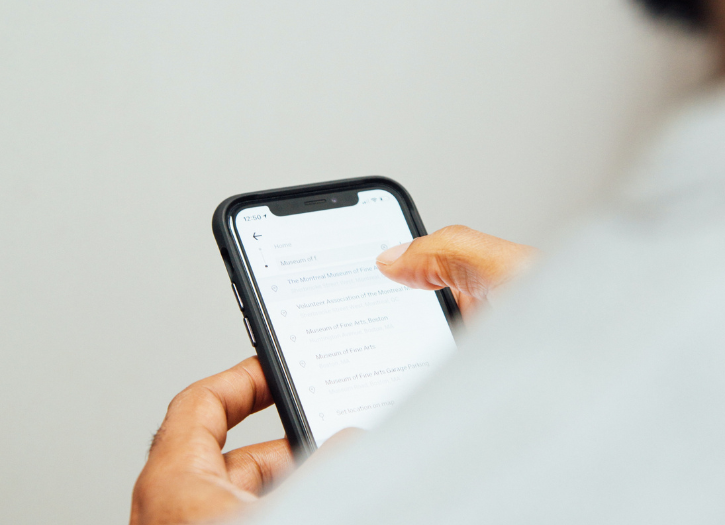The iPhone 5 is a smartphone that was designed and marketed by Apple Inc. It was formally unveiled as part of a press event on September 12, 2012, and subsequently released on September 21, 2012.
The iPhone 5 features iOS, Apple’s mobile operating system. The user interface of iOS is based on the concept of direct manipulation, using multi-touch gestures. Interface control elements consist of sliders, switches, and buttons. Interaction with the OS includes gestures such as swipe, tap, pinch, and reverse pinch, all of which have specific definitions within the context of the iOS operating system and its multi-touch interface. Internal accelerometers are used by some applications to respond to shaking the device (one common result is the undo command) or rotating it vertically (one common result is switching from portrait to landscape mode).
The iPhone 5 is shipped with iOS 6, which was released on September 19, 2012. Many of the iPhone 5‘s features that work specifically with the included iOS 6.0 operating system only worked in certain territories on release. Apple has said this is a rolling program, which will take longer to implement across more regions.The phone can act as a hotspot, sharing its internet connection over WiFi, Bluetooth, or USB, and also accesses the App Store, an online application distribution platform for iOS developed and maintained by Apple. The service allows users to browse and download applications from the iTunes Store that were developed with Xcode and the iOS SDK and were published through Apple.
The iPhone 5 can play music, movies, television shows, ebooks, audiobooks, and podcasts and can sort its media library by songs, artists, albums, videos, playlists, genres, composers, podcasts, audiobooks, and compilations. Options are always presented alphabetically, except in playlists, which retain their order from iTunes. Users can rotate their device horizontally to landscape mode to access Cover Flow. Like on iTunes, this feature shows the different album covers in a scroll-through photo library. Scrolling is achieved by swiping a finger across the screen.
Like the iPhone 4s, the iPhone 5 has Siri, which allows the user to operate the iPhone by spoken commands. The software was improved in iOS 6 to include the ability to make restaurant reservations, launch apps, dictate Facebook or Twitter updates, retrieve movie reviews and detailed sports statistics. On the iPhone 5, texting can be aided by the voice assistant, which converts speech to text. In addition to regular texting, messaging on the iPhone 5 supports iMessage, a specialized instant messaging program and service that allows unlimited texting to other Apple devices running iOS 5 or later.
iOS 6 features several new and/or updated apps, which include Apple Maps and Passbook. Apple’s built-in Maps app, which replaced the former Maps app powered by Google Maps, had been universally derided and lacked many features present in competing maps apps.







Add Comment